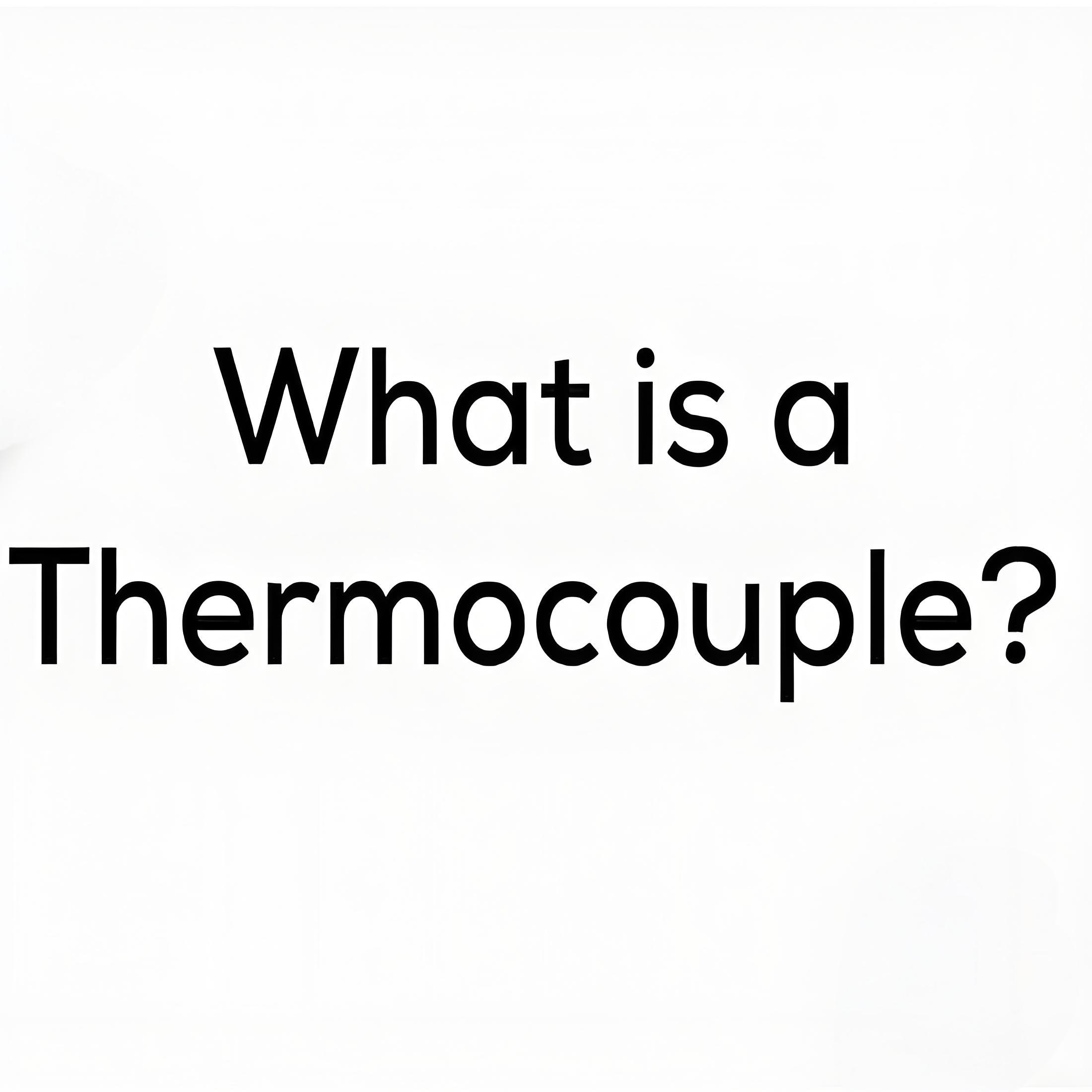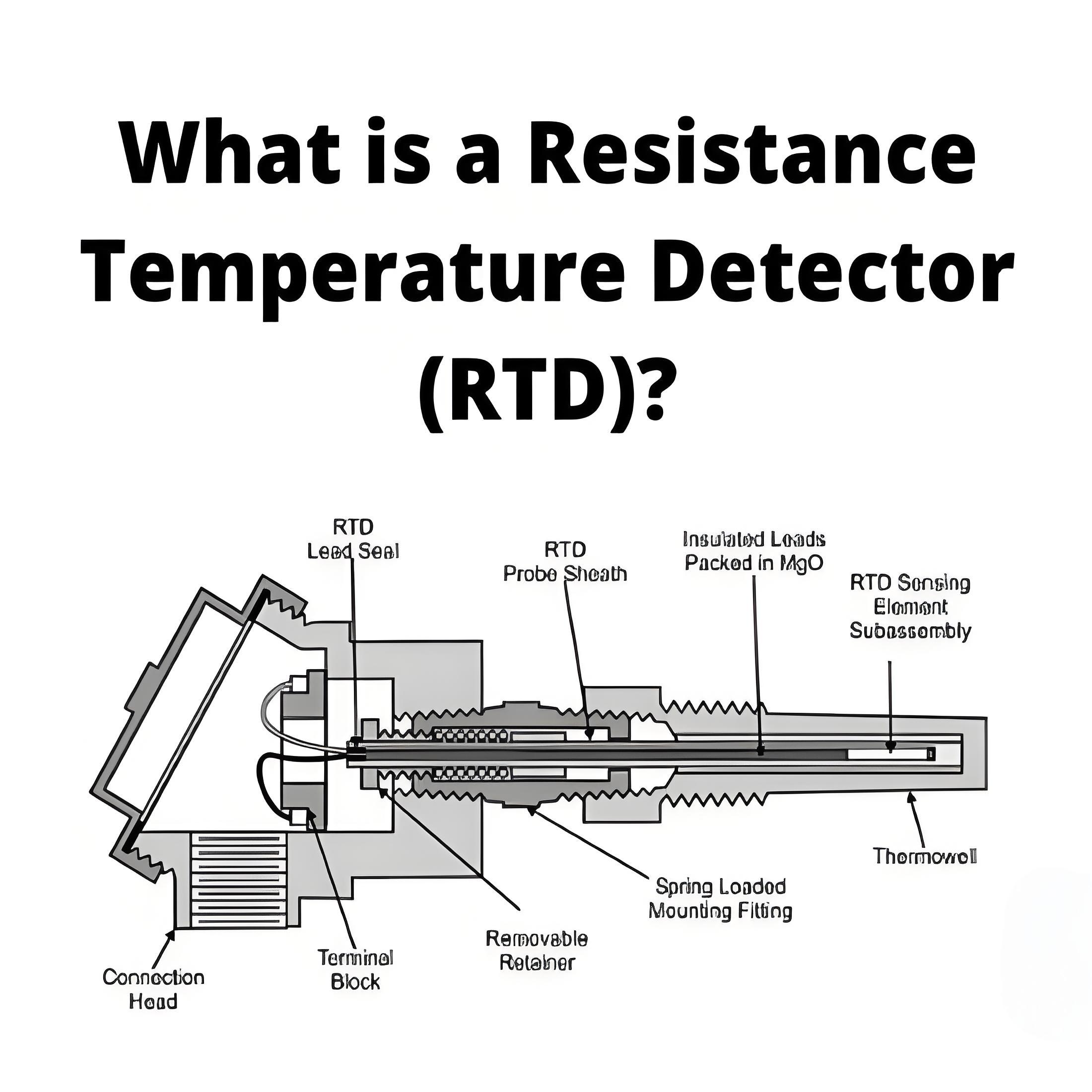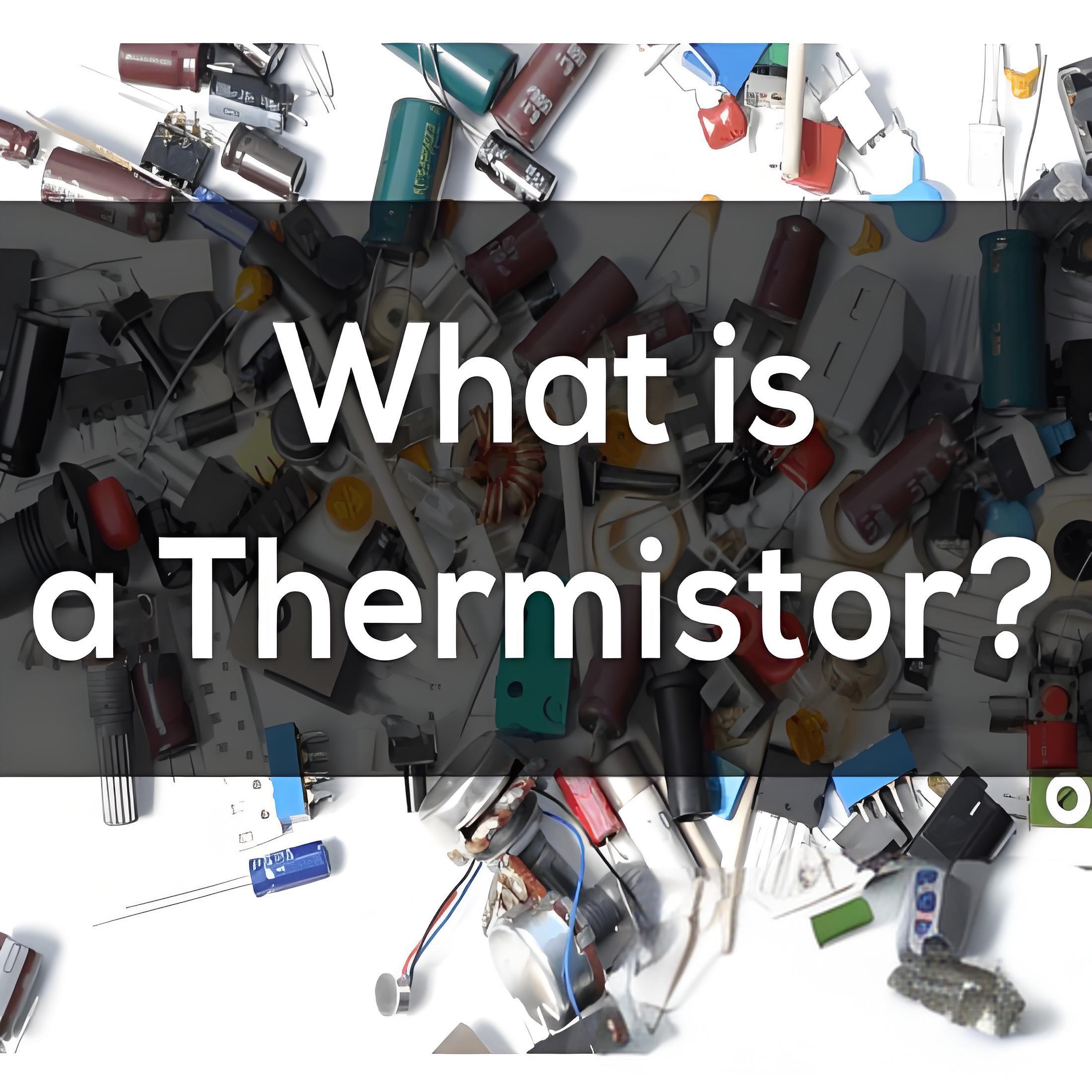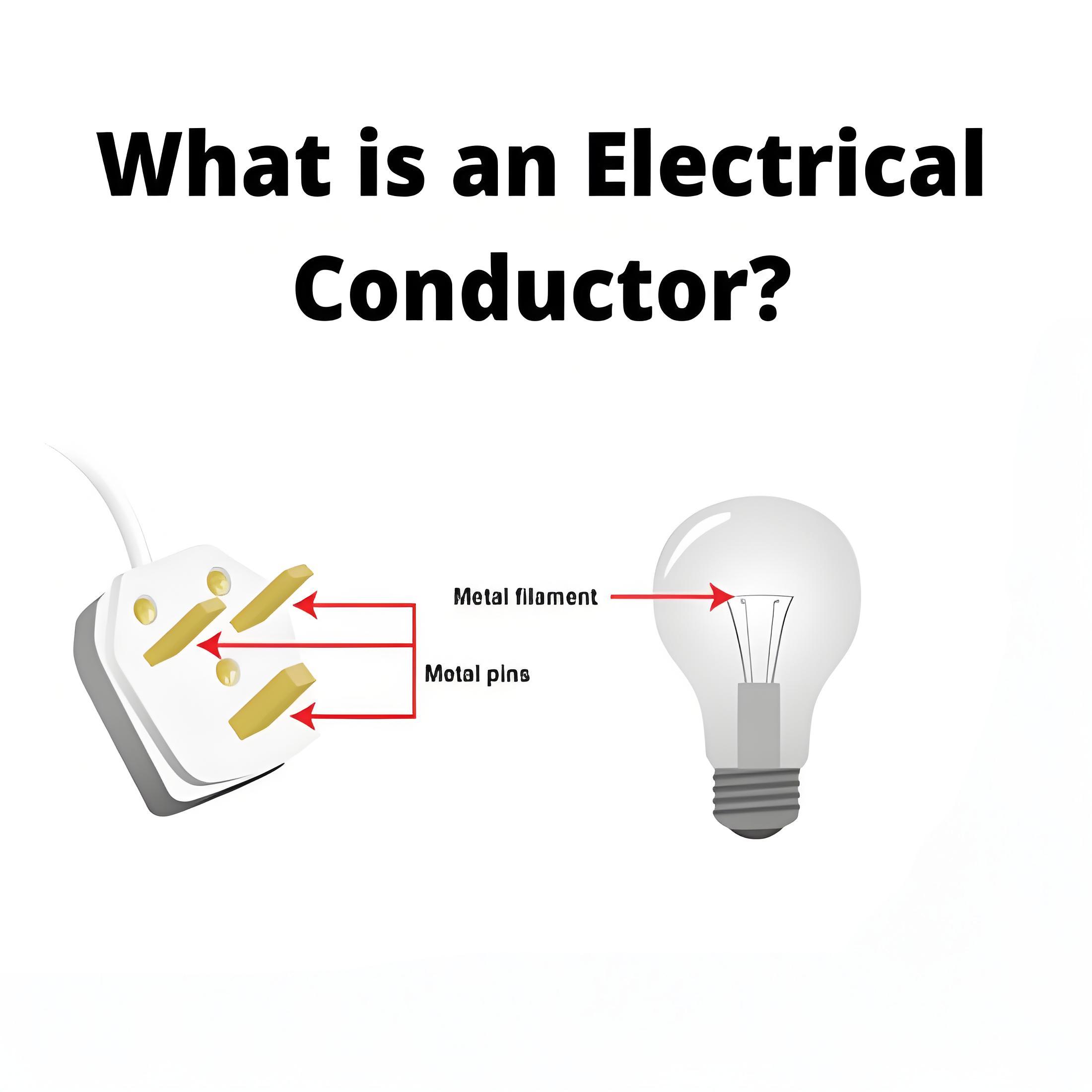What is an Inverter?
What is an Inverter?
Inverter definition
An Inverter (Inverter) is an electronic device that converts direct current (DC) to alternating current (AC).
Basic principle of inverter
The basic principle of the inverter is to use electronic switching devices (such as IGBT, MOSFET, etc.) to chop the direct current into a series of pulse voltages, and then smooth these pulse voltages into alternating current through a filter.
Working process
Dc input: The inverter receives input from DC power sources such as batteries and solar panels.
High-frequency chopper: Under the action of the control circuit, the electronic switching device choppers the direct current into a series of pulse voltages at high frequencies (usually several thousand Hertz to tens of kilohertz).
Transformer boost (optional) : For some inverters that require a higher output voltage, the pulse voltage may be boosted through the transformer.
Filtering: Smoothing the pulse voltage into alternating current through a filter (usually consisting of inductors and capacitors). The function of the filter is to remove high-frequency harmonics, so that the output AC is closer to the sine wave.
Ac output: The inverter outputs the converted AC power to the load, such as motors, lamps, appliances, etc.
Inverter technical parameters
Rated power: Maximum output power of the inverter.
Efficiency: The energy conversion efficiency of the inverter when converting direct current to alternating current.
Input voltage range: The DC input voltage range that the inverter can accept.
Output voltage and frequency: The inverter output AC voltage and frequency.
Peak power: The maximum power that the inverter can provide in a short period of time.
Protection function: such as overload protection, short circuit protection, overtemperature protection, etc.
Inverter classification
Sine wave inverter:The output alternating current waveform is sine wave, which is similar to the mains waveform, and is suitable for loads with high power quality requirements, such as electronic equipment and medical equipment.
Square wave inverter: The output AC waveform is square wave, which is suitable for some loads that have low requirements for power quality, such as incandescent lamps and resistive loads.
Repair sine wave inverter: the output alternating current waveform is between sine wave and square wave, close to sine wave, suitable for most electronic equipment and electrical appliances.
Inverter application
Solar photovoltaic system: Converts direct current generated by solar panels into alternating current for home use or feed into the grid.
Uninterruptible power supply (UPS) : converts direct current stored in batteries to alternating current to power critical loads in the event of a grid outage.
Electric vehicle charging station: converts alternating current from the grid to direct current to charge electric vehicle batteries.
Industrial applications: Used for power conversion of various industrial equipment, such as variable frequency drives, servo systems, etc.
Home and business applications: Provide backup power to homes and business premises.
Sum up
In short, the inverter is a very important electronic equipment, widely used in renewable energy, transportation, industry, home and office and other fields. With the continuous progress of science and technology, the performance and function of the inverter will continue to improve, bringing more convenience to people's life and work.
Welcome to our electricity community! Established to facilitate the exchange and cooperation in the electricity industry and bridge professionals, enthusiasts, and related enterprises.





